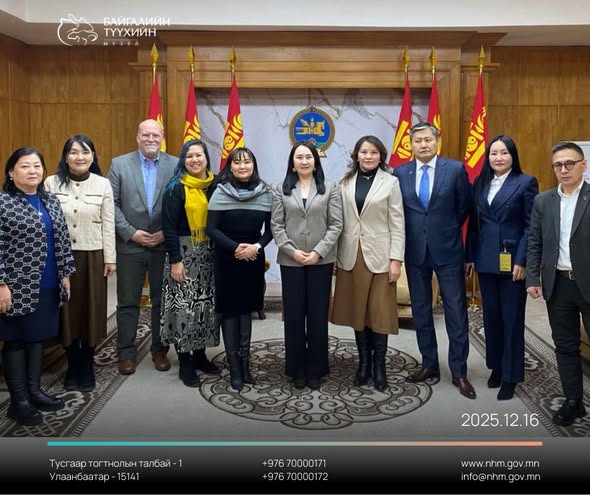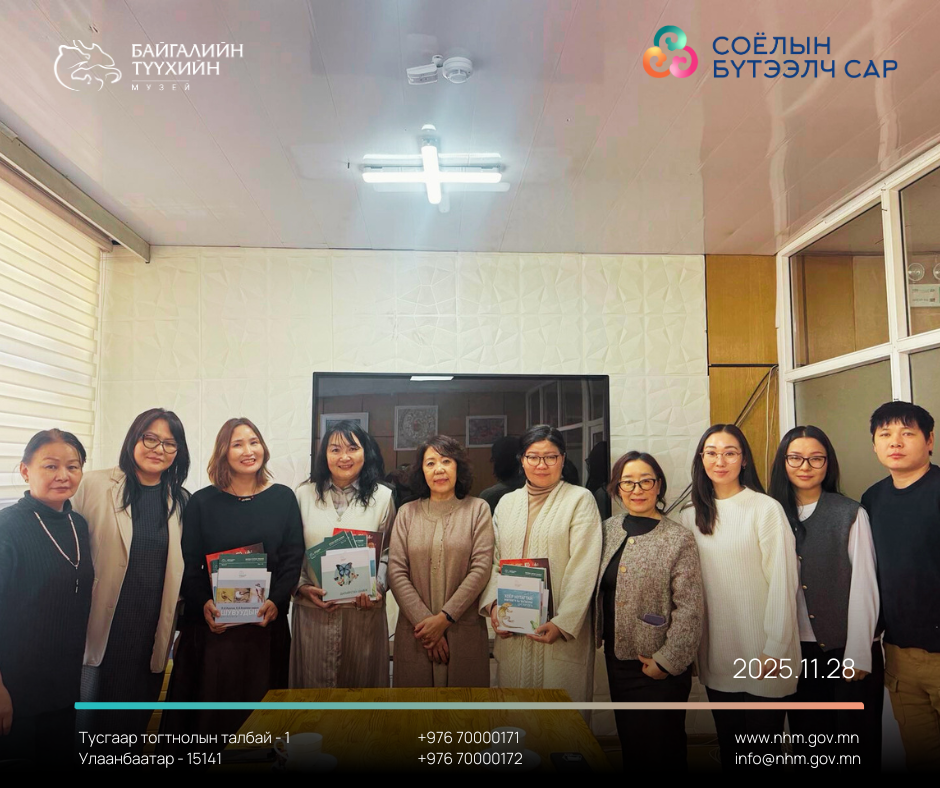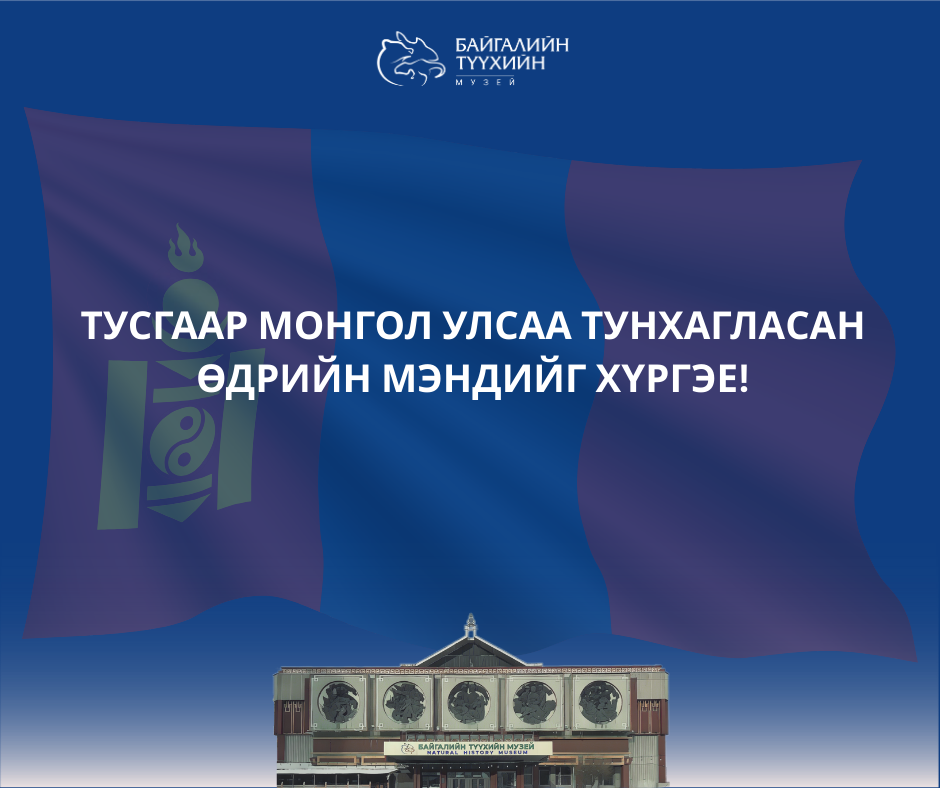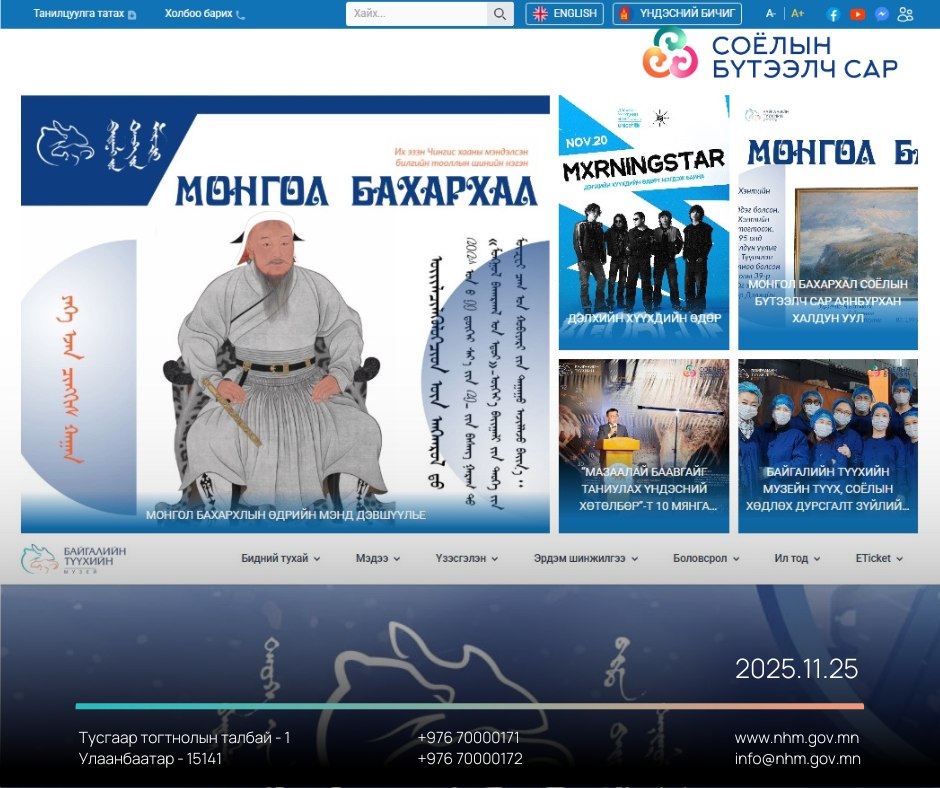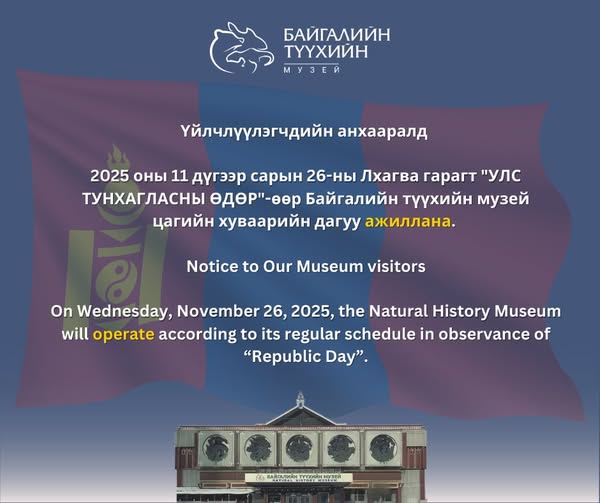

March 22 of each year is celebrated as "World Water Day" by the resolution of the United Nations General Assembly on December 22, 1993. In 2025, it is celebrated under the theme "PROTECT ICE AND GLACIER RIVERS". Ice and glaciers are the pillars of the global water cycle, freshwater resources, and ecosystem stability. However, due to climate change, glaciers have been melting rapidly in recent years. Therefore, in order to draw global attention to this issue, World Water Day 2025 is being celebrated under the theme “Protecting Ice and Glaciers”. Issues at stake: 2.2 billion people worldwide live without access to safe drinking water. Population growth, increasing water use in agriculture and industry, and the negative effects of climate change are increasing the risk of water scarcity. Water distribution remains unequal, making it difficult to meet public needs. Key messages for World Water Day 2025: Glaciers are melting at an unprecedented rate. Due to climate change, 10 percent of the world’s land area, or 15 million km2, is melting at an average rate of 1.2 m per year. The melting of glaciers can cause serious ecological and economic crises. The negative consequences of melting ice and glaciers are emerging. For example, sea levels are rising by 5 mm every year, resulting in a shortage of fresh water resources, loss of habitat for animals and plants, loss of biodiversity, and an increase in the frequency of natural and climatic disasters. Protecting glaciers is a sustainable future for humanity. More than 70 percent of the world's fresh water is stored in glaciers and ice caps. Therefore, protecting glaciers, the largest source of fresh water, is a guarantee of a sustainable future for humanity. What should we do? Take urgent action against climate change. Humanity cannot stop or restore the melting of glaciers and ice caps unless it stops climate change. To do this, it is imperative to reduce greenhouse gas emissions. Sustainable management of water resources. Efficient use of melted glaciers and ice caps, saving water, and using them wisely are important for reducing the water crisis. International cooperation. It is necessary to take and implement policy measures such as supporting and implementing global conventions on climate change mitigation and promoting international scientific cooperation in glaciology research. Mongolia's role Mongolia is actively discussing climate change and water resource sustainability issues at the international and regional levels and is working in the following areas: Water policy and management - Expanding cooperation between the government, the private sector, and international organizations to develop and implement a national strategy for adapting to climate change. Scientific research and innovation - Intensifying water management and climate change research. International cooperation - Working with the United Nations, government and non-government organizations, the business sector, and academic institutions to implement effective policies against climate change. /UCOSHG/ Of note: Mongolia's glaciers are located in the western part of the distribution area and include the five Altai bogs /Potanin/, Tsambagarav, Kharhiraa, Turgen, Sutai, and Munkhkhairkhan. Glaciation, glacier ground measurements, and many climate The research work is being carried out continuously. According to the research, the Altai Tavan Bogd - 31.8% in 1945-2021, Tsambagarav - 41.6% in 1948-2021, Mönkhkhairkhan - 45.9% in 1950-2021, Turgen - 36.3% in 1968-2021, Kharhiraa - 44.4% in 1968-2021, Sutai - 24.6% in 1950-2021. /Source: Surface Water Research Department of the Ministry of Environment and Natural Resources of Mongolia/Khuvsgul Lake accounts for 75% of Mongolia's freshwater resources. LET'S SAVE CLEAN WATER, LOVE IT, LOVE IT #WorldWaterDay #WorldWaterDay

